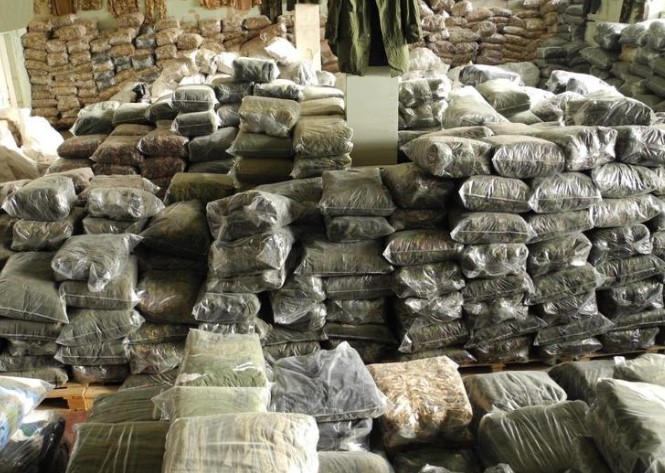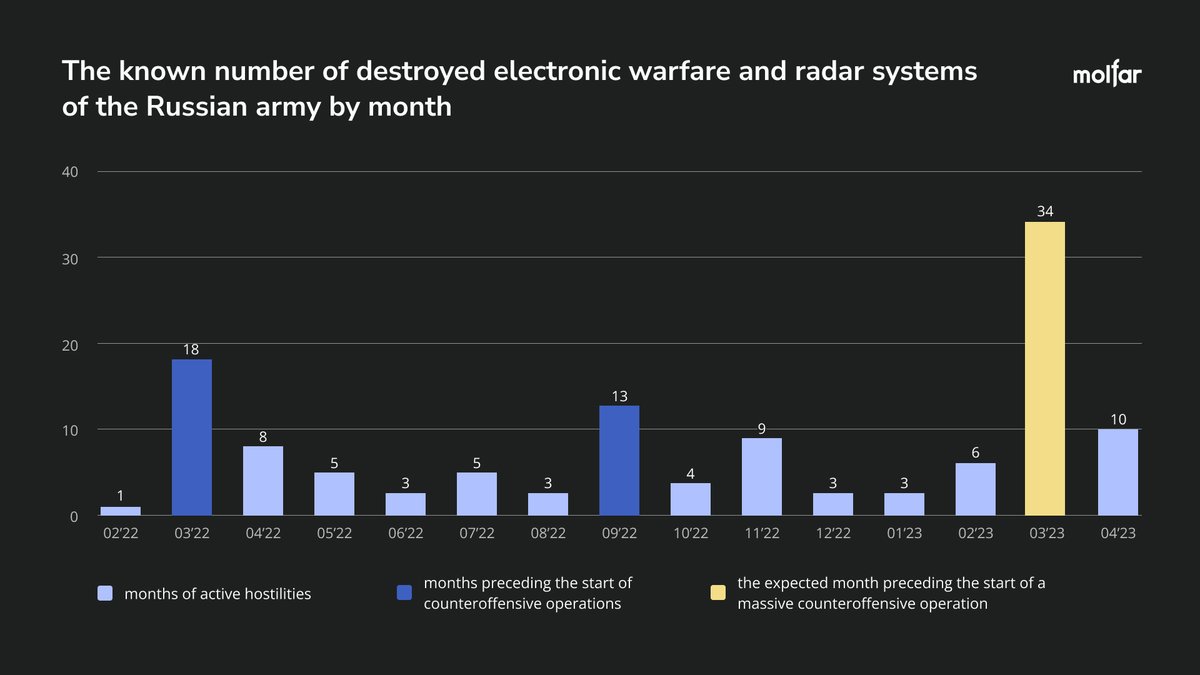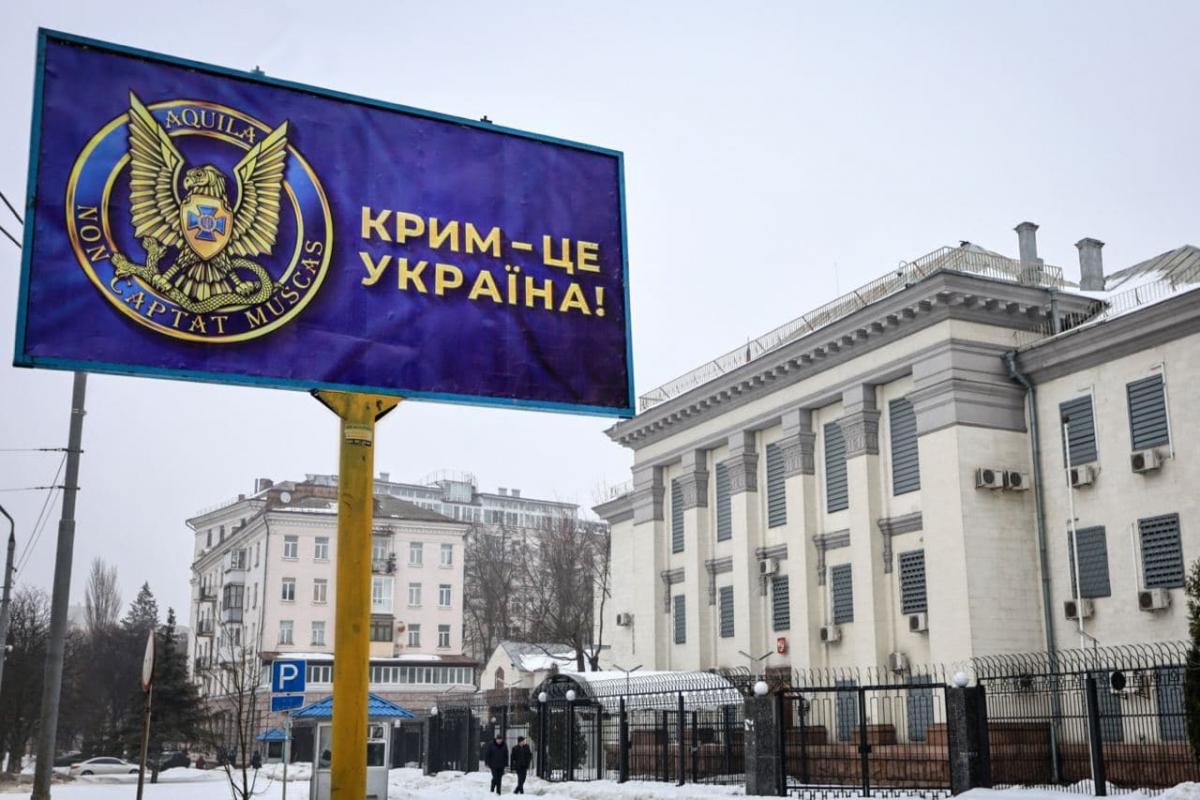1/ A Russian warehouse manager has been jailed for stealing and reselling over 20,000 items of military clothing from a warehouse in Chechnya. The case highlights how corruption in Russia's military logistics system has hampered its war effort in Ukraine. ⬇️ 

2/ The VChK-OGPU Telegram channel reports that Ivan Popov, head of the clothing depot of a military unit in Khankala, Chechnya, stole and sold 12.6 million rubles ($153,733) worth of uniforms and ammunition, as part of an organised criminal enterprise.
3/ Popov "systematically loaded the articles from the warehouse into military transport and freely took them out of the territory of the unit for their subsequent resale." He is reported to have stolen:
4/ • 100 pairs of boots with high ankles for low temperatures
• 59 pairs of high-toe boots
• 304 sets of summer uniforms
• 53 sleeping bags
• 5111 pairs of winter socks
• 1010 pairs of black laced half-boots
• 503 pairs of warmed gloves
• 1120 pairs of pants
• 59 pairs of high-toe boots
• 304 sets of summer uniforms
• 53 sleeping bags
• 5111 pairs of winter socks
• 1010 pairs of black laced half-boots
• 503 pairs of warmed gloves
• 1120 pairs of pants
5/ • 5,000 casual caps
• 7,080 light olive coloured cotton shirts
• 1012 T-shirts in protective knit fabric
• 502 sets of underwear fleece underwear
• 603 sets of long underwear, light-coloured.
• 7,080 light olive coloured cotton shirts
• 1012 T-shirts in protective knit fabric
• 502 sets of underwear fleece underwear
• 603 sets of long underwear, light-coloured.
6/ Popov was charged for large-scale embezzlement by abuse of office and pled guilty, making a deal with investigators. He was sentenced to 1.5 years in prison on 9 March 2023. The fate of his co-conspirators is unclear, but he likely implicated them as part of the plea deal.
7/ Logistics corruption has had a direct and highly negative impact on Russian soldiers serving in Ukraine, as they have not been given the clothing they need or have had to buy it at their own expense (which has been considerable, given the level of demand due to mobilisation).
8/ In November 2022, mobilised soldiers complained that they had been given low-quality uniforms, while the uniforms they should have been given were being sold in a local military surplus store.
https://twitter.com/ChrisO_wiki/status/1594405225556852741
9/ Wartime demand has created even more incentives for logistics corruption. Every kind of items, from uniforms to body armour and even the latest Russian military radios, have ended up being sold on Avito, Russia's equivalent of eBay. /end
Source:
t.me/vchkogpu/37805
Source:
t.me/vchkogpu/37805
• • •
Missing some Tweet in this thread? You can try to
force a refresh

 Read on Twitter
Read on Twitter







